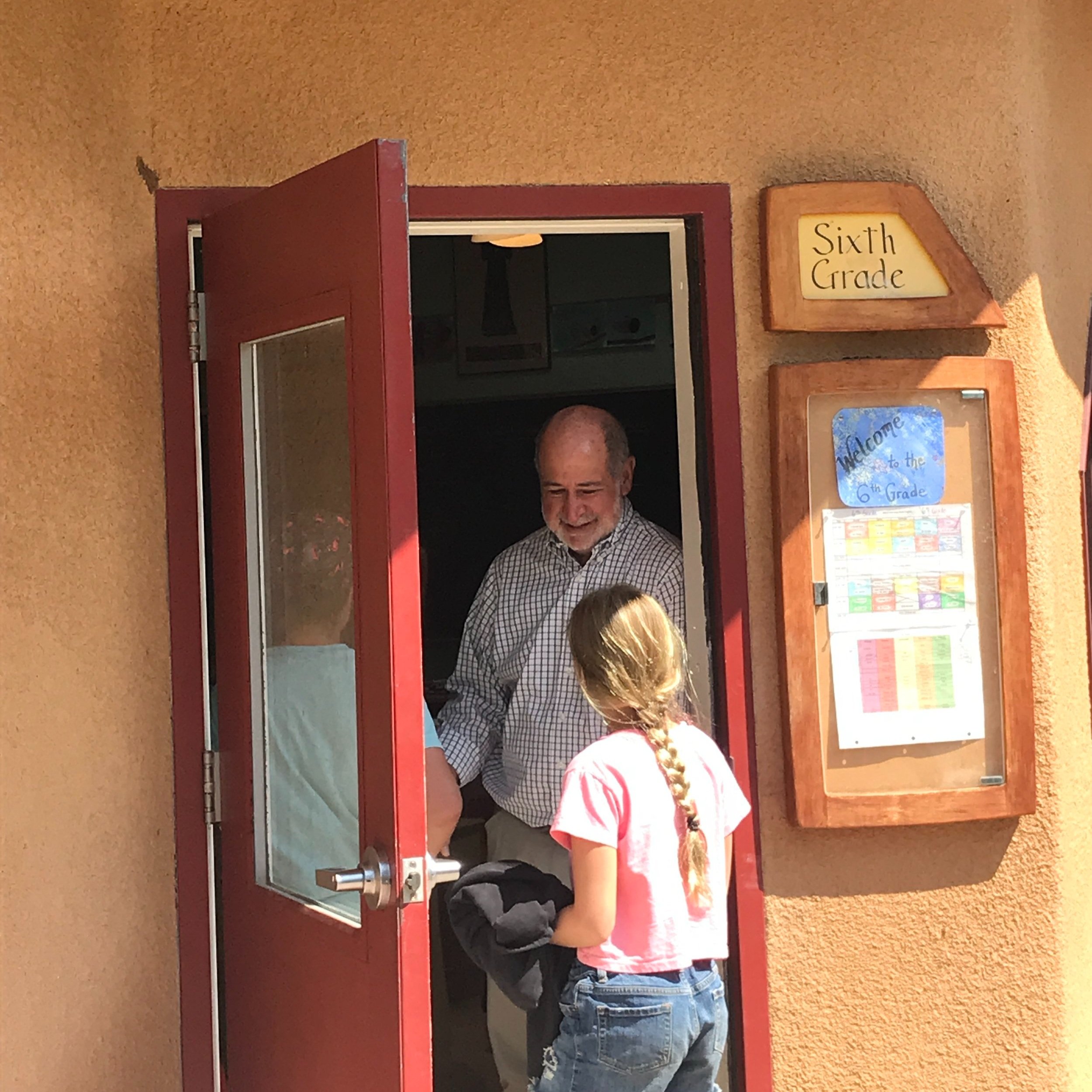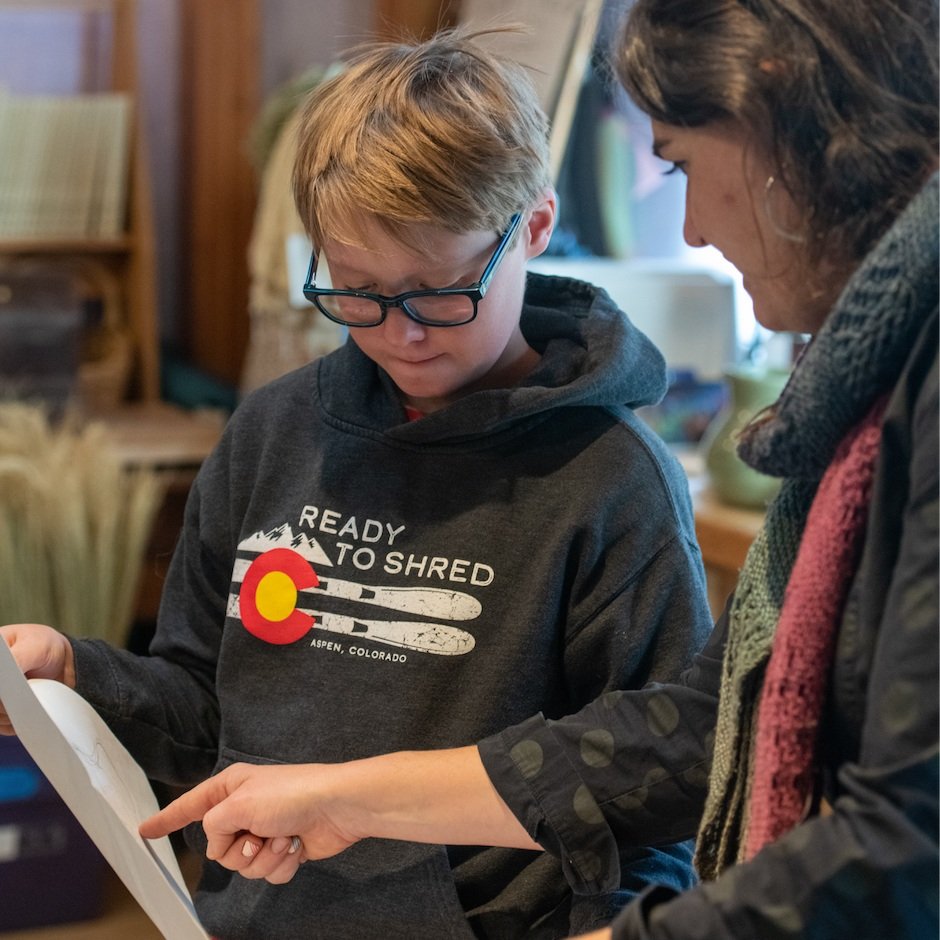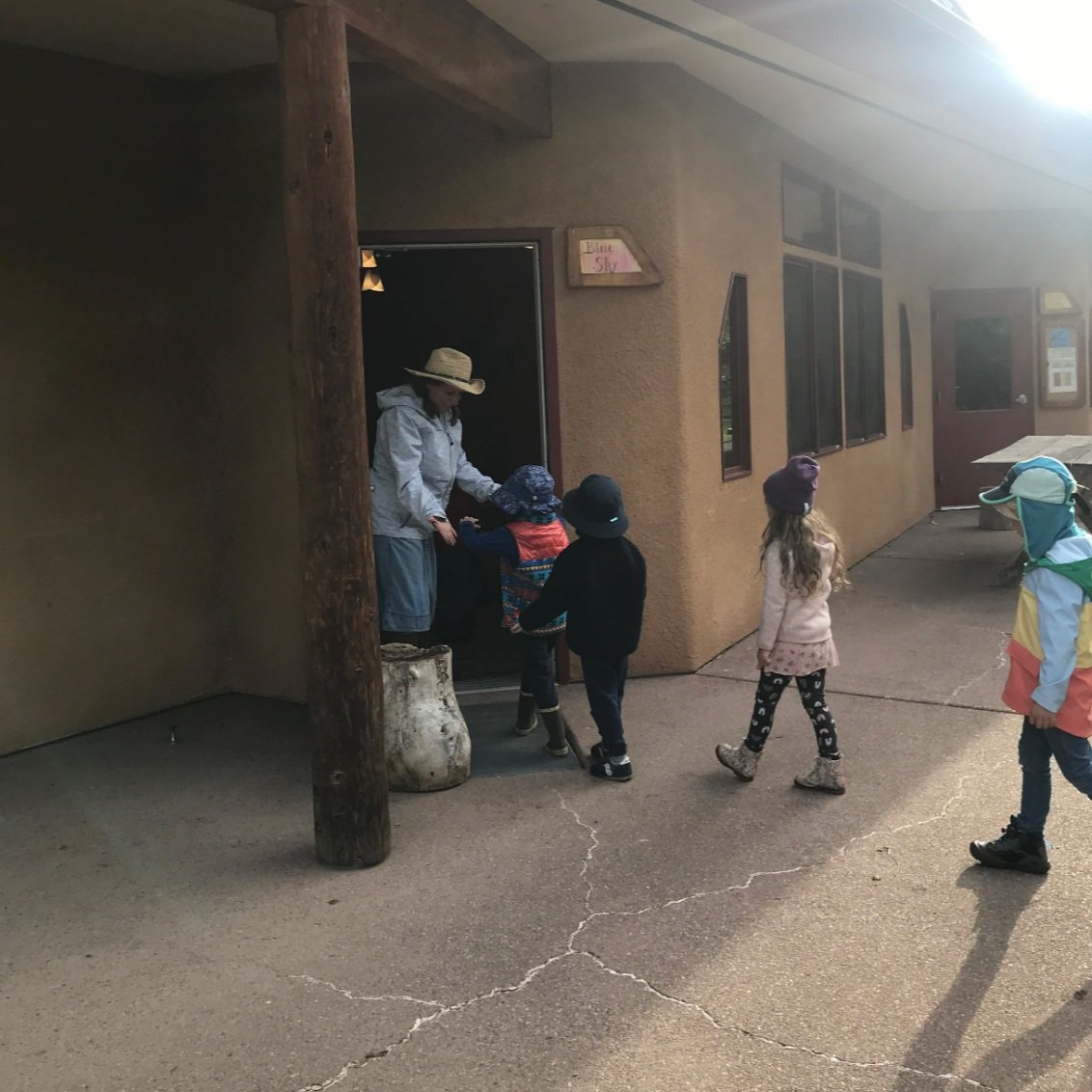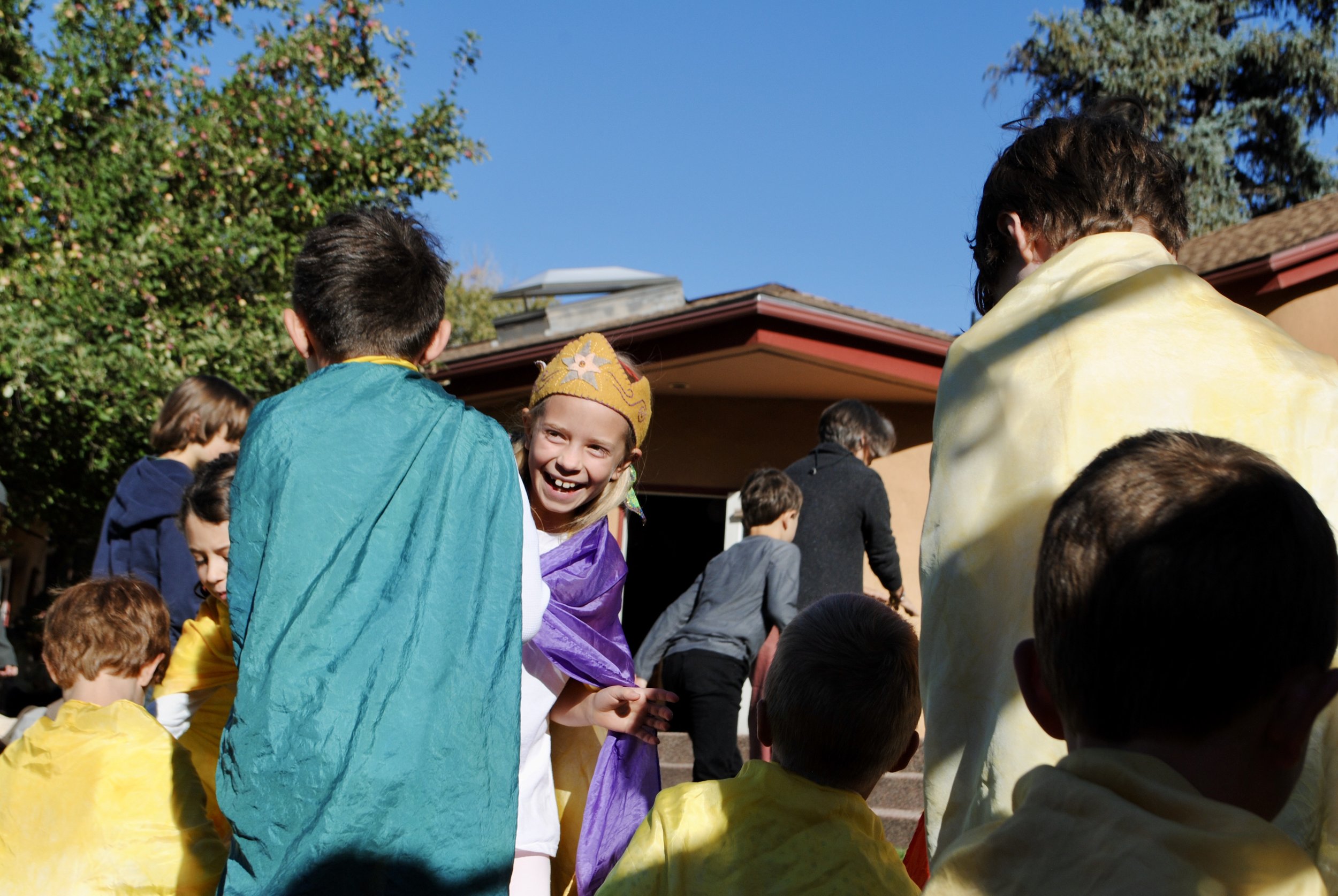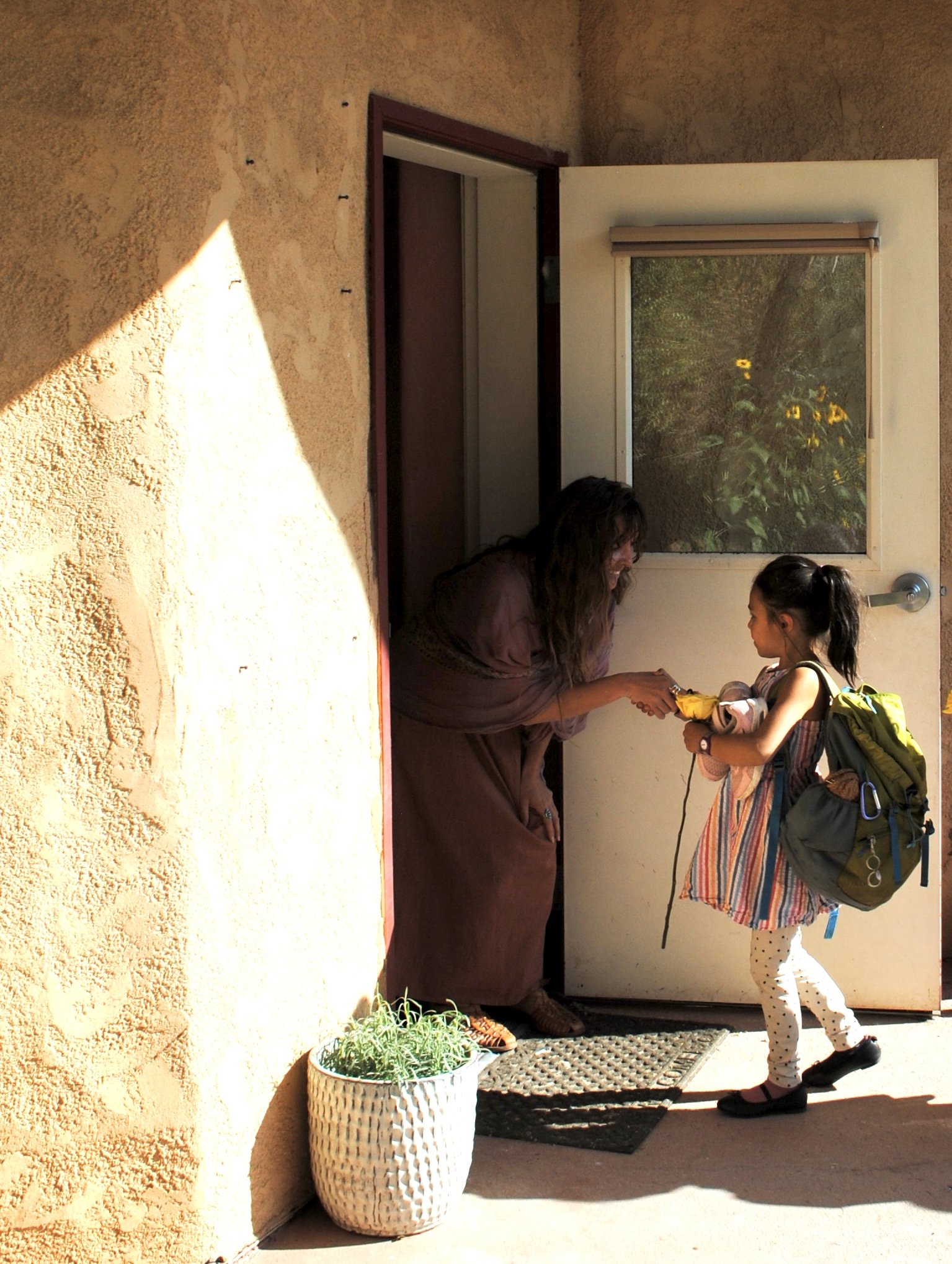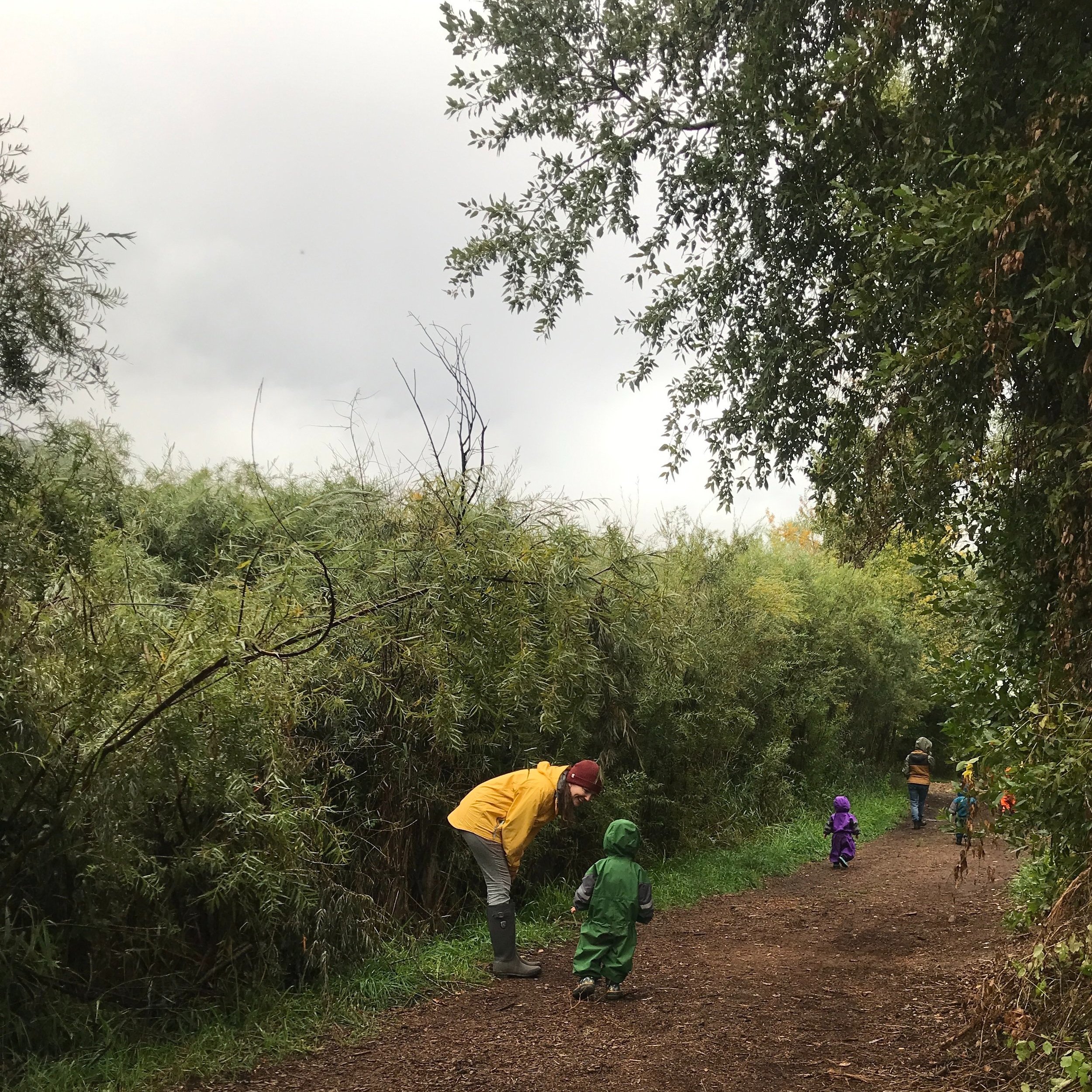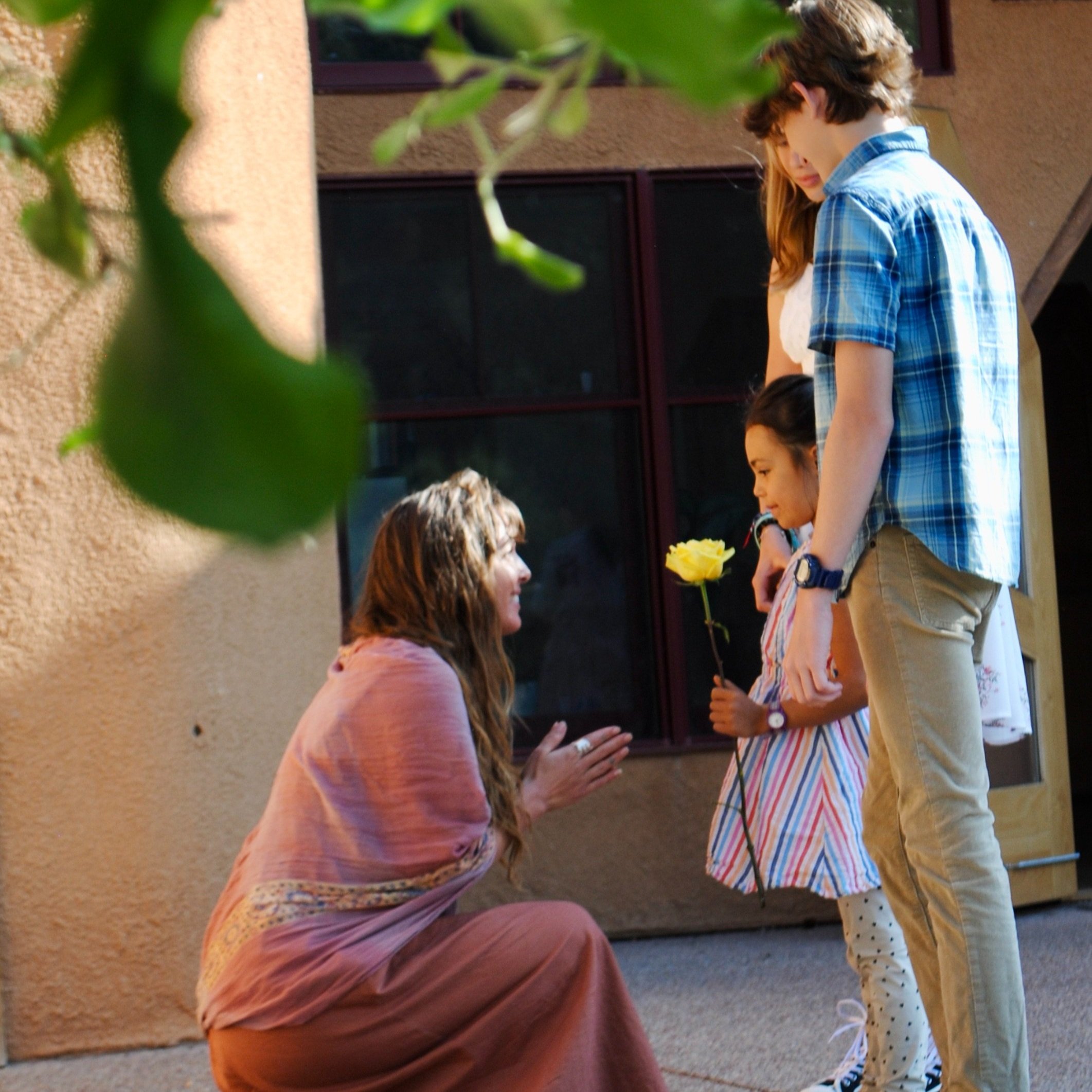The Impact of a Child Being 'Seen' in the Classroom
A post on the TED ideas site begins with the statement: “One of the very best scientific predictors for how any child turns out — in terms of happiness, academic success, leadership skills, and meaningful relationships — is whether at least one adult in their life consistently shows up for them.”
Taken further, the idea of “showing up” is also described as truly seeing a child. As the TED post states, authored by psychiatrist Daniel J. Siegel and social worker Tina Payne Bryson, “We mean really seeing them for who they are — perceiving them, making sense of them, and responding to them in timely and effective ways. This is how your child comes to experience the emotional sensation not only of belonging and of feeling felt, but also of being known.” (Source).
“Science suggests, and experience supports, that when we show up for our kids and give them the opportunity to be seen, they can learn how to see themselves with clarity and honesty. When we know our kids in a direct and truthful way, they learn to know themselves that way, too. Seeing our kids means that we ourselves need to learn how to perceive, make sense, and respond to them from a place of presence, to be open to who they actually are and who they are becoming. ”
Being ‘seen’ in the classroom?
In taking time to get to know each student for who they are, teachers in Waldorf Education have a focus on building deeper connections. They take time each day to see each individual student in both small and big small ways. For example, our teachers greet each individual student every morning. They say ‘Good morning’ they check in with each student, make eye contact and get a read on how each student is starting the day. This simple act, of shaking each student’s hand has profound long term impacts. Not only do students feel seen by their teacher but they also build confidence in making eye contact and engagement with another human being. Or as Siegel & Bryson state, “when we show up for our kids and give them the opportunity to be seen, they can learn how to see themselves with clarity and honesty.” (Source)
Teachers in Waldorf Education also place heavy focus on meeting the academic and social needs of every individual student. WSRF’s Social Literacy Program is focused on building direct, human connections that meet the emotional needs of our students. Our teachers also tailor curriculum to individual students in small but meaningful ways. For example our teachers might offer a student who is quicker at completing their work the opportunity to engage with a topic further by adding on to their Main Lesson book drawing or digging into an additional book around the topic of study.
By being deeply aware of the needs, strengths and challenges of each individual student, our teachers are able to truly see each student as well as directly respond to their needs. Again, as Siegel & Bryson emphasis, seeing students more clearly also allows out teachers to adjust, respond and actively meet the changing needs of the individual student.
Our teachers in 1st to 8th grade also tend to stay multiple years with their classes. Sometimes all the way from 1st to 8th grade. This builds a one-of-a-kind relationship over many years between teachers and students.

